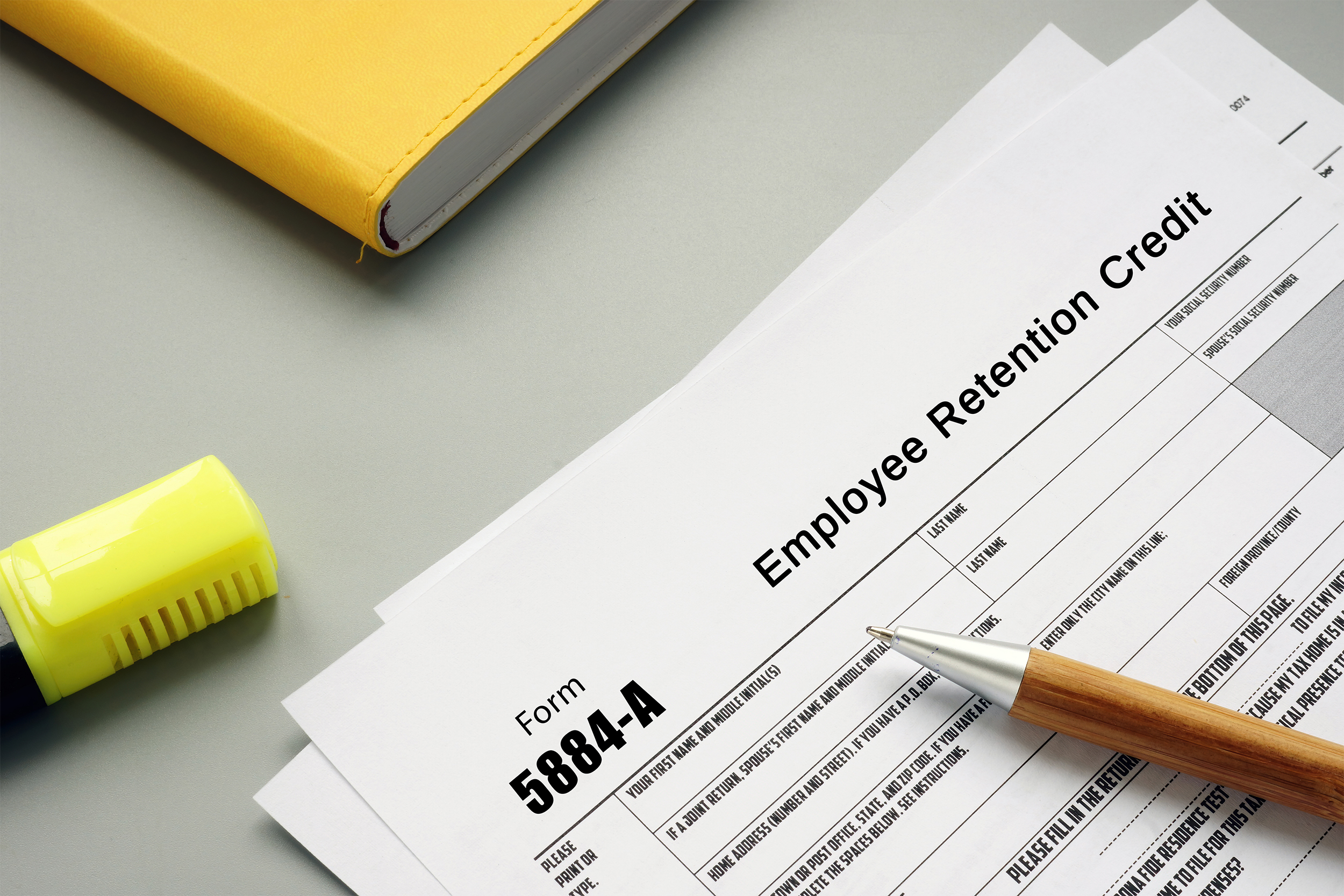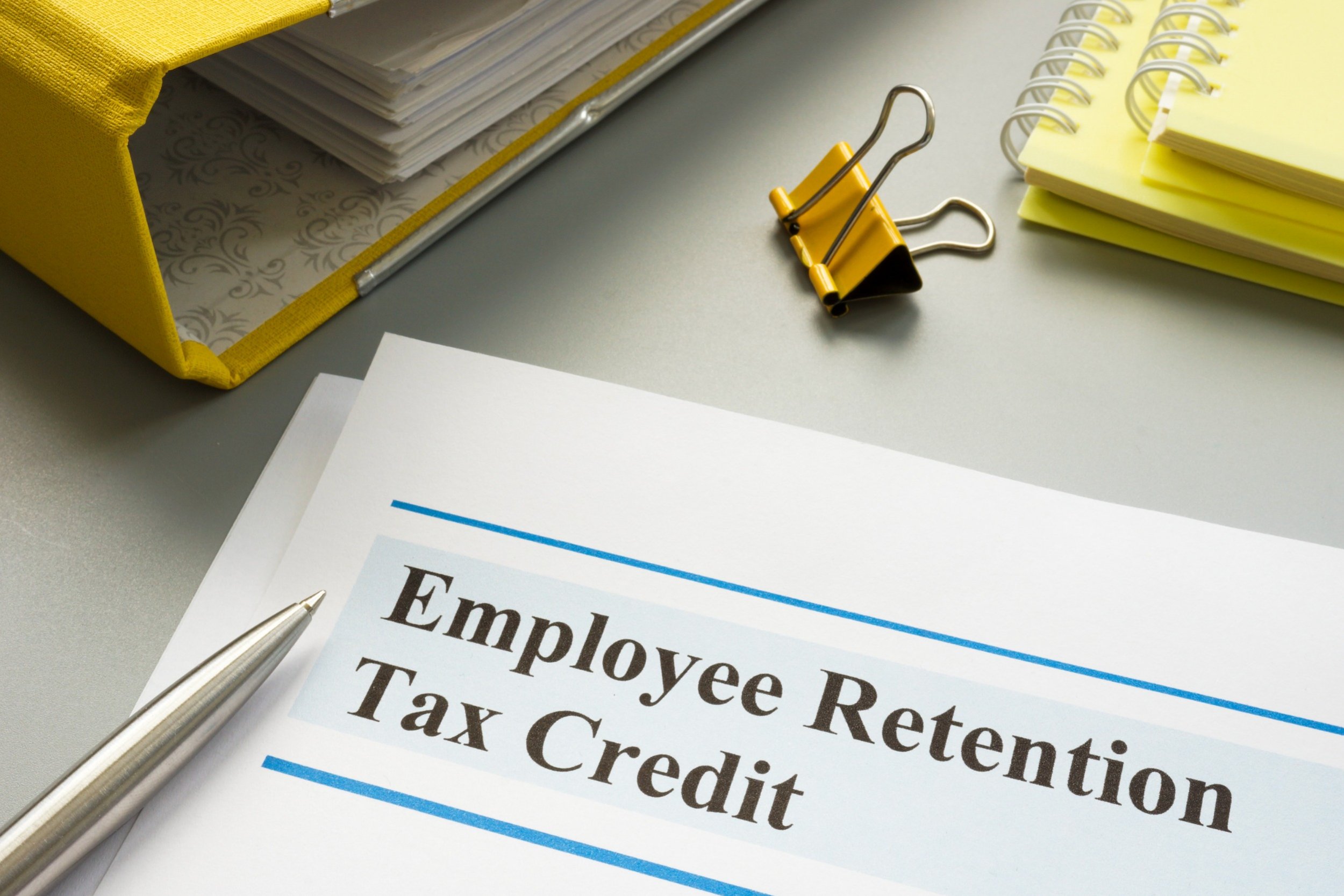
![]()
A $1.2 trillion bill passed in the Senate last week and is now making its way through the House of Representatives for review. Included in the package are terms and conditions pertaining to the Employee Retention Credit.
The bill officially titled the Infrastructure Investment and Jobs Act includes language that ends the Employee Retention Credit on September 30, 2021. Currently, the credit is slated to run through all of 2021. If the Act is signed into law, employers will miss out on the opportunity to obtain $7,000 in Employee Retention Credits, per employee, for the final quarter of 2021.
Government funding originally allocated for employer use through the Employee Retention Credit will subsequently be funded to the bill’s namesake — infrastructure investments.
Employers not currently taking advantage of the Employee Retention Credit are encouraged to do so as the clock is ticking. The Employee Retention Credit is a refundable tax credit that provides financial relief to employers that have suffered hardship caused by the COVID-19 pandemic and can be claimed for select quarters in 2020 and 2021. Employers can currently earn up to $33,000 per employee via the Employee Retention Credit. If the Infrastructure Act passes, however, organizations will only be able to earn up to $26,000 in credits per employee for 2020 and 2021.
Employers that have had their operations fully or partially suspended because of the pandemic, or if their gross receipts were less than 80% of their gross receipts for previous quarters for the 2021 tax year (50% for 2020) are generally eligible for the Employee Retention Credit. The credit applies to “qualified wages” paid to employees kept on payroll during difficult times.
If you aren’t currently exploring this limited-time opportunity, there is even more reason to start now. The IRS recently issued guidance via Revenue Procedure 2021-33 that clarifies the usage of a safe harbor that employers can claim relating to their gross receipts. The safe harbor essentially allows employers to exclude certain expenses from their gross receipts for determining Employee Retention Credit eligibility.
According to an IRS news release, the amounts that can be excluded from gross receipts include:
- The amount of the forgiveness of a Paycheck Protection Program (PPP) Loan
- Shuttered Venue Operators Grants under the Economic Aid to Hard-Hit Small Businesses, Non-Profits, and Venues Act
- Restaurant Revitalization Grants under the American Rescue Plan Act of 2021
Employers do not need to claim the safe harbor but should be consistent in their application of it. The news release adds that employers “must exclude the amounts from their gross receipts for each calendar quarter in which gross receipts are relevant to determining eligibility to claim the ERC. The employer claiming the credit must also apply the safe harbor to all employers treated as a single employer under the aggregation rules.”
Be sure to retain all documentation substantiating use of the safe harbor. In addition to calculating the credit and determining eligibility, we can help your organization establish a documentation protocol to minimize any IRS audit risk. Download our Employee Retention Credit product sheet to learn more about how we can help.
If the Infrastructure Investment and Jobs Act is signed into law, the opportunity for businesses to regain their losses through the Employer Retention Credit will be cut short three whole months. Now is the time to start exploring this limited-time opportunity, if you aren’t already.
If you are interested in learning more about how the Employee Retention Credit can help your business, download our Employee Retention Tax Credit Regulatory Update. We can help your business maximize its tax credit earnings while minimizing its IRS audit risk.



